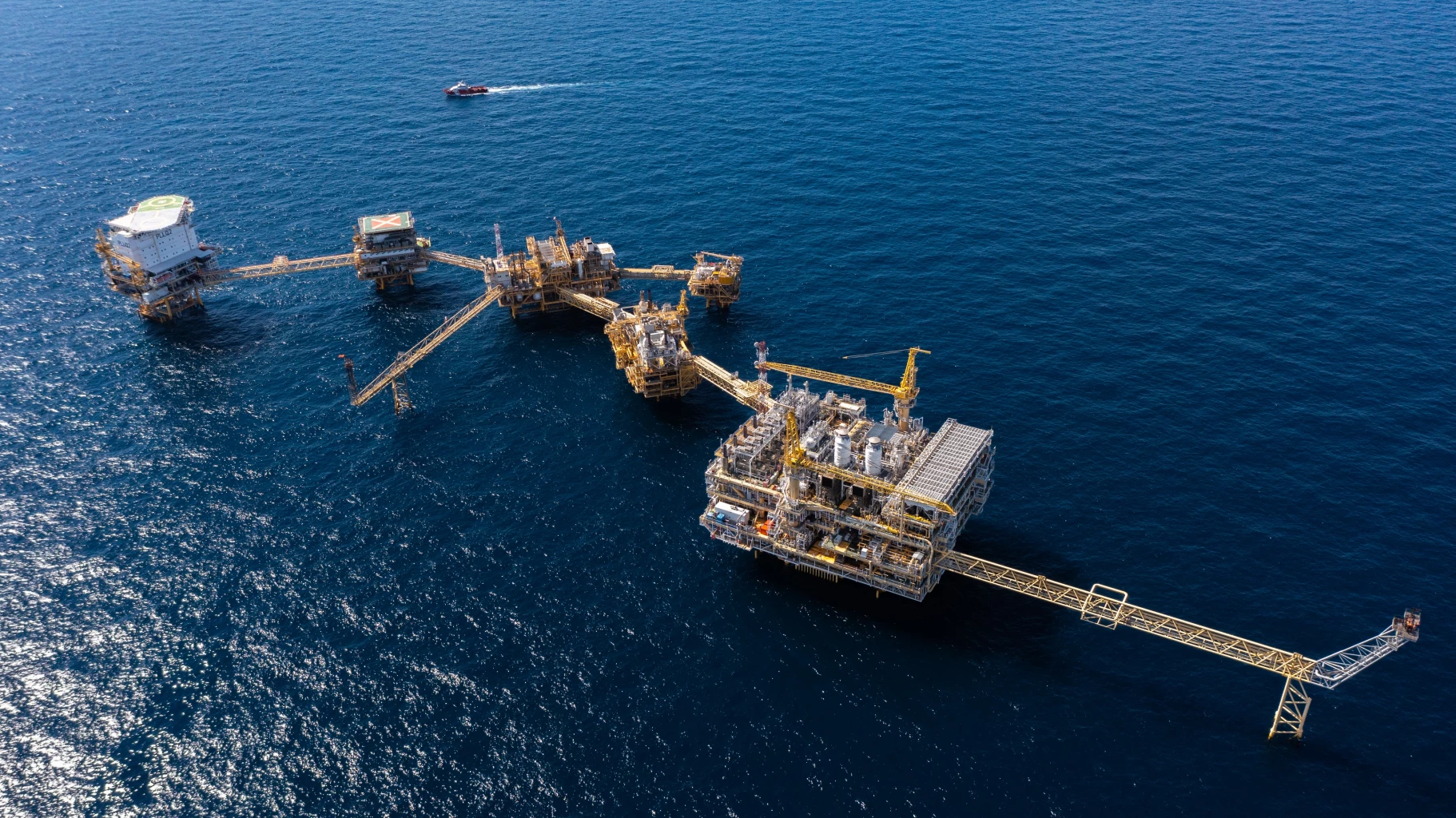StanChart tips 3.6% growth for economy on positive factors

THE THAI economy is forecast to grow 3.6 per cent this year and 4.3 per cent next year, driven by Thai export expansion following rising global trade, an announced election schedule and mega infrastructure investment and external factors, according to Standard Chartered Bank (Thai).
Tim Leelahaphan, economist at Standard Chartered Bank (Thai), said that these local factors, particularly continued mega infrastructure investment, could support the local economy for the rest of this year and next.
Of the total investment of Bt1.79 trillion in mega infrastructure projects, about Bt200 billion will likely be disbursed next year following a combined disbursement of Bt50 billion or less than 5 per cent in the past two years.
Aside from the government-led mega projects, the Eastern Economic Corridor (EEC) development scheme also attracted both local and foreign investors, he said.
Being a hub for the CLMV sub-region will be another factor to promote investment, while the Thailand 4.0 policy will help drive economic growth in the future, he said. The CLMV countries are Cambodia, Laos, Myanmar and Vietnam
Even though the Thai economy could grow 3.6 per cent this year, this level is regarded as lower than its 4.0 per cent potential, he said.
Private investment remains a driver. However, it has not been sufficient, and is expected to pick up late next year or early 2019 as the government continues its mega projects, he said.
The bank expected the Thai policy rate to rise two to three times from the middle of next year and interest rates could be on the upward trend, he said, warning the private sector to be well-prepared for this upward cycle.
Divya Davesh, the bank’s FX Strategist/Asean and Southasia, said that emerging-country currencies are expected to continue appreciating on the back of capital flowing into stock, bond and money markets following the global trade recovery.
The US dollar remains under pressure from uncertainties of the US economic policy and continues its depreciation, while the baht is moving in line with its regional peers but stronger than 8 per cent due to Thailand’s high current account surplus, he said.
The Thai currency is expected to appreciate to 32.50 per US dollar late this year and 31.0 late next year.
Meanwhile, the Thai Industries Sentiment Index (TISI) rose for the second consecutive month in September, reflecting operators’ positive sentiment towards the overall economy, according to Federation of Thai Industries (FTI).
FTI Chairman Chen Namchaisiri said yesterday that the consecutive rises indicated the operators’ positive view towards the overall Thai economy on the back of increases in purchasing orders, particularly from overseas for the last-quarter delivery.
TISI rose to 86.7 in September from 85.0 in the previous month.
Thailand’s domestic consumption also gave a good signal in light of a rise in sales, particularly small operators from the previous month, Chen said.
The index was based on a Septmber survey conducted among 1,044 operators in 45 industries under the FTI.
Meanwhile, the operators surveyed repeated their concerns over the agricultural sector’s purchasing power and the international political conflicts which have affected currency movements, Chen said.
Earlier, the University of the Thai Chamber of Commerce (UTCC)’s Centre for Economic and Business Forecasting revised upward its Thailand’s 2017 economic growth forecast to 3.9 per cent from the earlier estimate of 3.6 per cent on the back of higher-than-expected recoveries in exports and tourism and acceleration in public spending.
It also projected economic growth of 4.2 per cent next year on the back of continued export expansion, massive infrastructure investments and up to Bt40 billion to Bt50 billion expected to be spent for the 2018 election.
The TRIS Rating expected Thailand’s gross domestic product (GDP) to grow by between 3.3 per cent and 3.6 per cent this year, compared with 3.2 per cent last year, driven by a recovery in exports, continued growth in the tourism industry, and a rise in household expenditure. However, TRIS Rating is still concerned about external risk factors such as threats to the global economy, the high level of household debt and the floods.





